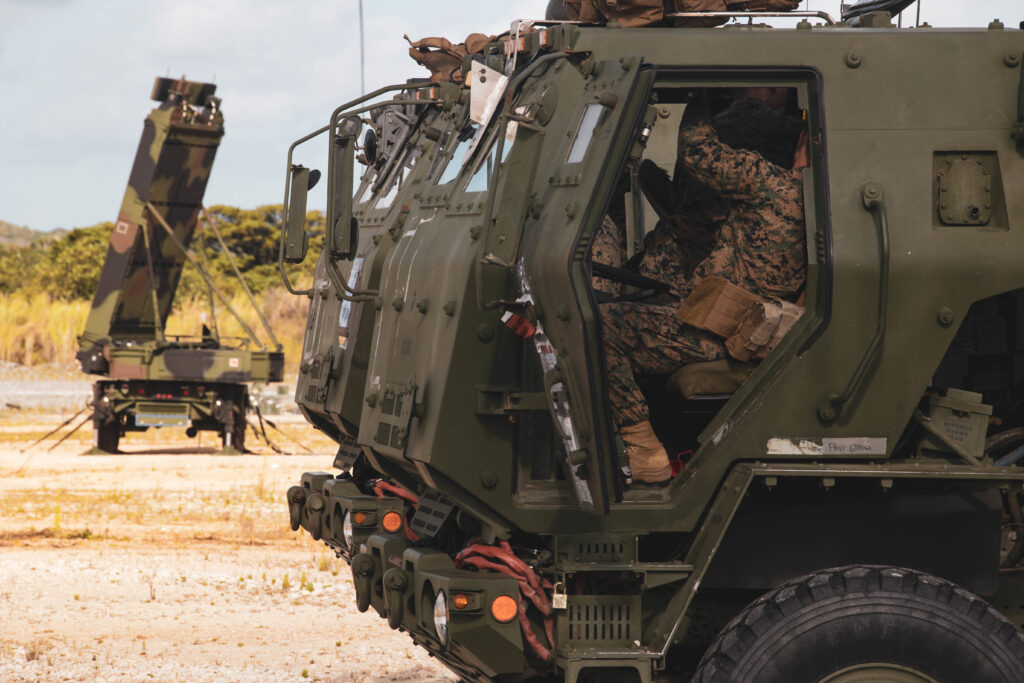
WASHINGTON — The Russian invasion of Ukraine is showing the value of the High Mobility Artillery Rocket System (HIMARS) in providing long-range precision fires while shifting positions to avoid counter-battery fire, a senior Marine Corps general said, showing its advantages over towed tube artillery and supporting the investment of HIMARS in Force Design 2030.
“What we’re focused on is long-range fires, and longer-range fires is better,” said Gen. Eric Smith, assistant commandant of the Marine Corps, speaking July 18 during a webinar hosted by the Center for Strategic and International Studies and the U.S. Naval Institute and sponsored by HII. “You want to be able to out-stick your adversary. The introduction of HIMARS for us is absolutely vital, as is our NMESIS — Navy-Marine Expeditionary Ship Interdiction System — [with the] Naval Strike Missile, which [has a] range in excess of 100 miles.
“The capability that is brought by long-range fires is what we seek,” Smith said. “Towed artillery has a max range. It also has a mobility issue because towed things like boats, U-Hauls, things that are on a trailer are not as mobile as individual vehicles. That’s why the [HIMARS] is so good.”
Smith that artillery must be highly mobile to avoid detection and targeting by drones.
“You have to be able to fire and move immediately,” Smith said. “You no longer have six minutes, which is [the capability of] a really well-oiled gun crew from ‘pull last round’ till ‘you’re on the move.’ What we have to see now is that there are autonomous loitering munitions that are looking for that signature. And as soon as they see that signature — we call it a POO, a point of origin — they’ve already got lethal authority to strike that. You don’t have six minutes to move, whereas with a HIMARS you can shoot and be gone literally in seconds, less than a minute. So that is a key lesson learned for long-range fires.
Smith said the artillery has to contend with ubiquitous, inexpensive drones and you have to drop your signature, either because you radiate or you are physically seen, because you are targeted almost immediately.
Under Force Design 2030, the Marine Corps is increasing its HIMARS batteries and reducing its M777 155mm tube artillery batteries. Having decided initially to reduce the number of tube artillery batteries to five, experimentation led the Corps to increase the number of tube artillery batteries to seven.
The Defense Department has shipped a number of HIMARS and M777 systems to the Ukrainian armed forces to aid in their resistance to the Russian invasion.
- Insitu Going Strong at 30, Focusing on Maritime Operations - April 8, 2024
- Navy Awards Boeing Additional Funds for MQ-25 Drones for Testing - April 3, 2024
- Benign 4th Fleet AOR Useful for Unmanned Vehicle Operationalization, Admiral Says - March 27, 2024






